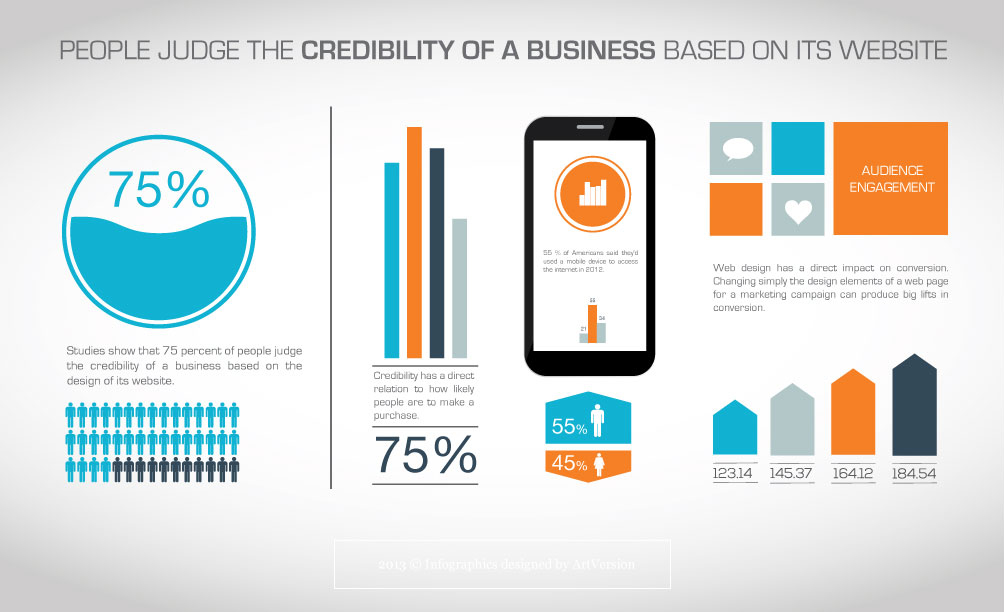Fascinated In Discovering Just How Website Layout Has Developed For Many Years? Check Out The Journey From Basic, Straightforward Layouts To User-Centric User Interfaces That Prioritize The Visitor'S Experience
Fascinated In Discovering Just How Website Layout Has Developed For Many Years? Check Out The Journey From Basic, Straightforward Layouts To User-Centric User Interfaces That Prioritize The Visitor'S Experience
Blog Article
Material Composed By-Jonasson Singer
In the past, web sites were straightforward and focused on information. Navigation was straight, and layout was for desktops. Currently, user experience is vital. Data overviews designs for very easy navigation. Responsive designs fit various gadgets. Today, dark setting decreases pressure, and minimalist food selections enhance navigation. https://onlinemarketingwordpress27395.theisblog.com/30075302/elevate-your-online-visibility-with-specialist-web-design-strategies engage individuals, and bold visuals stand out. AI assimilation improves engagement. See how design has advanced to enhance your online journey.
Very Early Days of Web Design
In the very early days of web design, simpleness preponderated. Websites were fundamental, with restricted colors, typefaces, and formats. The emphasis got on providing info as opposed to showy visuals. Individuals accessed the net through slow-moving dial-up connections, so speed and functionality were key.
Navigating menus were straightforward, normally situated at the top or side of the web page. Websites were made for desktop, as mobile surfing wasn't yet widespread. Web content was king, and developers focused on simple readability over intricate design elements.
https://www.business2community.com/search-engine-optimization/googles-page-experience-update-2021-are-you-prepared-for-it-infographic-02437293 was the main coding language used, and designers needed to work within its constraints. Computer animations and interactive functions were very little compared to today's standards. Websites were static, with little vibrant content or personalized customer experiences.
Surge of User-Focused Style
With the development of internet site layout, a shift in the direction of user-focused style concepts has actually come to be significantly popular. Today, creating internet sites that focus on user experience is critical for involving visitors and achieving organization objectives. User-focused layout includes recognizing the demands, choices, and actions of your target audience to tailor the website's design, material, and includes as necessary.
Developers now conduct comprehensive research study, such as user surveys and functionality screening, to gather understandings and feedback directly from users. https://how-to-create-an-affiliat17272.dreamyblogs.com/30220520/discover-the-art-of-crafting-headlines-that-jail-focus-and-ctas-that-persuade-paving-the-way-for-an-effective-pay-per-click-campaign -driven method helps in producing user-friendly navigation, clear calls-to-action, and visually attractive user interfaces that reverberate with visitors. By placing the customer at the center of the design process, web sites can provide a much more customized and enjoyable experience.
Receptive style has actually additionally emerged as a key element of user-focused layout, making sure that internet sites are optimized for various devices and display sizes. This versatility enhances accessibility and functionality, accommodating the diverse ways users interact with websites today. Basically, the surge of user-focused design symbolizes a shift towards creating digital experiences that focus on the demands and assumptions of completion individual.
Modern Trends in Website Design
Discover the latest fads forming web design today. One popular trend is dark mode style, offering a sleek and modern-day look while decreasing eye strain in low-light environments. Another key fad is minimal navigating, simplifying menus and improving customer experience by concentrating on essential elements. Incorporating micro-interactions, such as computer animated switches or scrolling impacts, can develop an extra engaging and interactive site. Receptive design continues to be vital, guaranteeing smooth individual experiences throughout different gadgets. Furthermore, utilizing strong typography and unbalanced layouts can include visual passion and accentuate details content.
Integrating AI modern technology, like chatbots for consumer support or personalized suggestions, boosts customer involvement and improves processes. Accessibility has likewise end up being a significant pattern, with developers prioritizing inclusive style methods to deal with varied customer requirements. Embracing sustainability by optimizing web site efficiency for speed and performance is another emerging trend in web design. Collaborating with individual feedback and data analytics to iterate and boost design continually is necessary for remaining relevant in the ever-evolving digital landscape. By accepting these modern patterns, you can produce a visually enticing, straightforward website that resonates with your target market.
Final thought
As you review the advancement of web site design from the very early days to currently, you can see exactly how user-focused design has ended up being the driving force behind contemporary trends.
Accept the journey of modification and adaptation in web design, always maintaining the individual experience at the leading edge.
Stay present with the current patterns and modern technologies, and never ever stop evolving your strategy to develop aesthetically sensational and straightforward websites.
Progress, adjust, and produce - the future of web design is in your hands.
